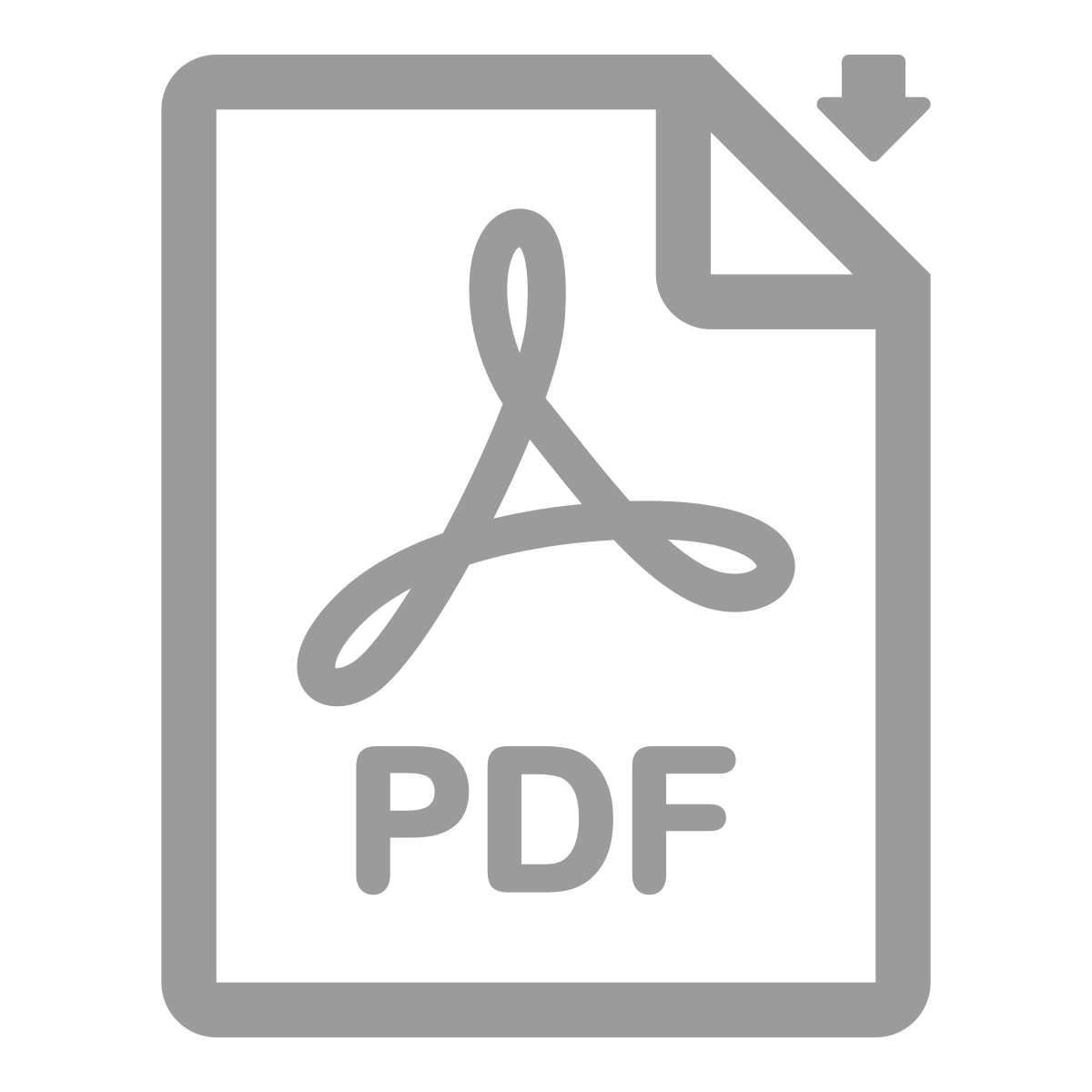OX40 and OX40-ligand are getting lots of buzz in the eczema world today, and we can expect to hear lots more about these molecules in 2026 as several agonists make their way through clinical trials, including Amgen and Kyowa Kirin Co., Ltd.’s rocatinlimab.
Rocatinlimab is the first and only later-stage T-cell rebalancing therapy that inhibits and reduces pathogenic T cells by targeting the OX40 receptor, and new results hint that it could help push atopic dermatitis (AD) patients toward a long-term remission.
Emma Guttman-Yassky, MD, PhD, Waldman Professor of Dermatology and Immunology and Health System Chair of the Kimberly and Eric J. Waldman Department of Dermatology at the Icahn School of Medicine at Mount Sinai, New York, NY, sat down with The Dermatology Digest to discuss two recent studies on rocatinlimab in AD that were presented at the 2025 European Academy of Dermatology and Venereology (EADV) Conference in Paris, France.
New EADV Data at a Glance
In the Phase 3 ROCKET-SHUTTLE study, rocatinlimab, in combination with topical corticosteroids and/or topical calcineurin inhibitors, met its co-primary endpoints of Eczema Area and Severity Index (EASI)-75 and the validated Investigator’s Global Assessment for Atopic Dermatitis (vIGA‐AD) 0/1 in both doses in a diverse, treatment-experienced population of patients with high disease burden at Week 24. What’s more, the depth of skin response was significantly improved by Week 24 with rocatinlimab, with ~50% improvement in itch and skin pain. Patients treated with rocatinlimab also demonstrated progressive efficacy across endpoints, used rescue therapy less, and saw no apparent plateau through Week 24. Safety was consistent, with no new safety signals observed.
In the Phase 3 ROCKET-IGNITE study of rocatinlimab monotherapy every four weeks in adults with moderate-to-severe AD, Rocatinlimab met its co-primary endpoints of EASI-75 and vIGA-AD 0/1 in both doses in a diverse, treatment-experienced patient population at Week 24, significantly improving AD clinical signs and symptoms with even greater efficacy observed when allowed to bridge with rescue therapy. The depth of skin response increased over time and did not plateau at Week 24.
TDD: Taken together, what did the EADV studies show?
Emma Guttman-Yassky, MD, PhD: “Rocatinlimab produces continuous improvement over time, and we see a dose response in both the monotherapy and combination trials. It takes time to kick in, but once it kicks in, we see more responders with every follow-up. The slope is still going up at 24 weeks, and I believe that we will see much greater efficacy between 24 and 48 weeks. From the Phase 2 study, we know that responders maintained clearance for many weeks after stopping the drug, and this will be further evaluated in the Phase 3 study. I am very curious what the effect will be at 48 weeks and what will happen when patients stop the drug. It may be possible to dose patients much less often like we do in psoriasis and even beyond.”
TDD: How does this compare to what has been seen with available systemics in AD?
Dr. Guttman-Yassky: “Available systemics show maximal efficacy by Week 16. With rocatinlimab, we see increasing efficacy over time as well as sustained efficacy. Based on past data and the mechanism, we can postulate that if they stop treatment, they should maintain clearance for a certain period. This will need validation in the Phase 3 study.”
TDD: Why?
Dr. Guttman-Yassky: “This drug targets a new mechanism: Memory T cells. Preliminary data suggest that it may have ability to modify disease. With other treatments, memory T cells repopulate once treatment stops. Rocatinlimab directly targets memory T cells so they may not come back.”
TDD: Is there still a large unmet need in AD?
Dr. Guttman-Yassky: “In psoriasis, up to 80% of people achieve Psoriasis Area and Severity Index (PASI) 100 with available biologics. We need the additional drugs for all the AD patients. With all existing treatments, particularly biologics, we achieve EASI-90 less than 50% of the time and EASI-100 much less often. We need additional treatments to push the bar of efficacy, and we need disease-modifying drugs that do not need to be given all the time.”


